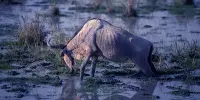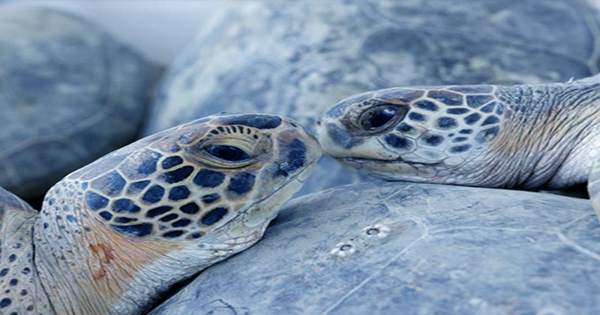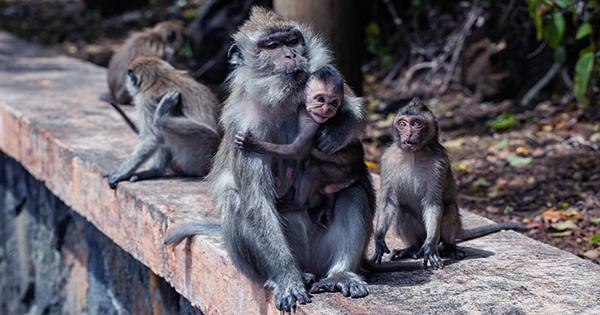Each year, thousands of volunteers participate in paleontological digs in the pursuit of a brand-new dinosaur species. Teri Kaskie may have accomplished that when she discovered bones protruding from a mountainside in Alberta’s Dinosaur Provincial Park last year. Still, it seems more likely that she has accomplished something much better. What Kaskie noticed appears to be a piece of a specimen that is unusually well preserved, possibly one of the most complete hadrosaurs ever discovered. The laborious process of obtaining it has just started.
Due to the abundance of 77–75 million-year-old fossils in Dinosaur Provincial Park, Dr. Brian Pickles of the University of Reading in the UK and Dr. Phil Bell of the University of New England (UNE) in Australia were considering sending students back there to dig in 2019. The pandemic put preparations on hold, but in 2021 Kaskie went with Pickles to look for potential starting points for the pupils. The team believes they have something exceptional on their hands despite the jutting bones initially appearing to be just another specimen from the Park’s vast collection of fossils.
The discovery is unmistakably a hadrosaur’s tail and right foot. That is not extraordinary on its own. Hadrosaurs, which were quite prevalent and preyed upon by more uncommon carnivores, were the duckbilled zebras of Cretaceous North America. Although they frequently produce fossils, this one is probably quite unique.
The position of what we can see suggests that more of the hadrosaur, perhaps even the full skeleton or at least a skull, is preserved inside the rock. A full skeleton is a scientific treasure trove for palaeontologists who are used to reconstructing what a dinosaur looked like from fragments of several individuals and extrapolating from closely related species.
Along with the bones, some of the skin has also been preserved. This is the portion that has been exposed to the elements as the hillside eroded, thus it may not be as well preserved as another Albertan dinosaur that appears to have been cast in metal. Although obviously not certain, it is likely that there are greater regions of healthy skin inside, possibly even from the head.
Last but not least, the hadrosaur is either a juvenile or an adult too small to be a different species. Despite the large number of hadrosaur fossils we have, there aren’t many immature specimens that would show how they developed.
With the lifting of travel restrictions, the field school is already underway, with Reading undergraduates and UNE postgraduates mapping the rock’s surface and beginning excavations. The students have covered the region around the priceless hadrosaur along with experts from the Royal Tyrrell Museum of Palaeontology, and excavating has started from the hilltop to reach the fossil layer. The main question once there is whether the skull has endured, permitting assignment to one of the more than 60 recognized hadrosaur species or disclosing a new one.
Pickles said in a statement, “This is a really exciting discovery, and we intend to complete the excavation over the next two field seasons. Once it is, the preparation lab at the Royal Tyrrell Museum will receive the bones and the rock surrounding them. There will be the delicate process of revealing bones and, hopefully, skin. Even if it might be years before the complete skeleton is made public, let alone a paper, the anticipation is already evident.
















